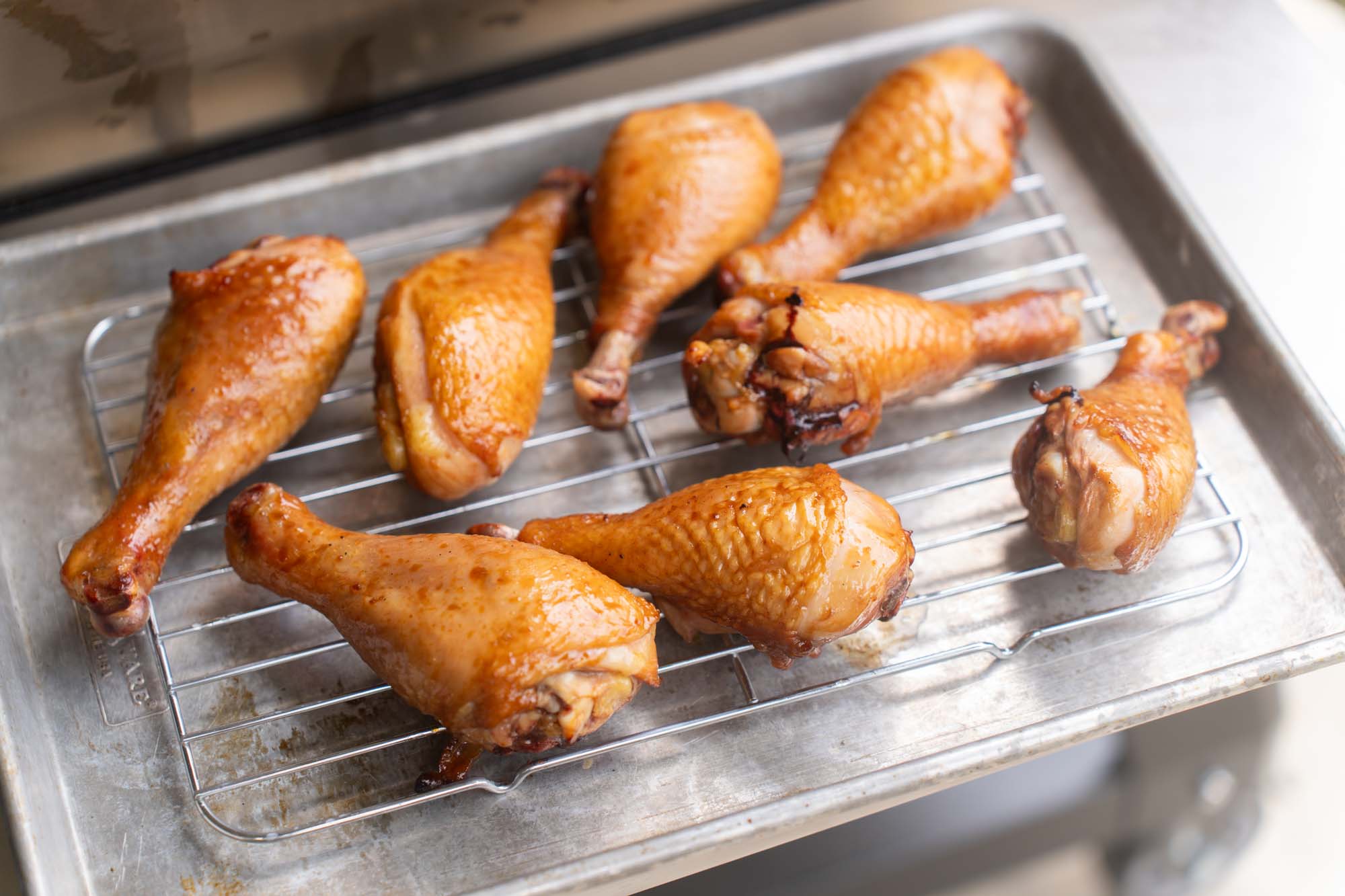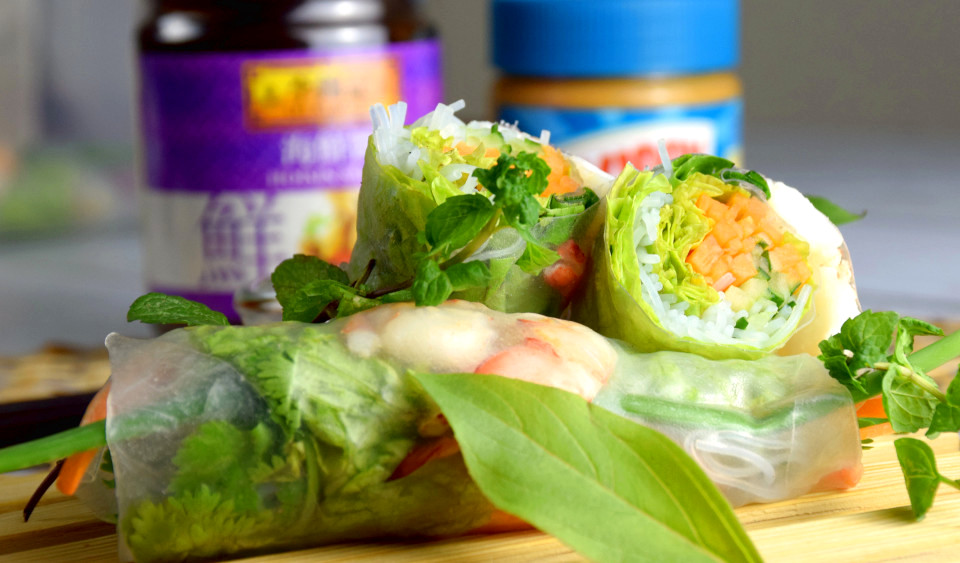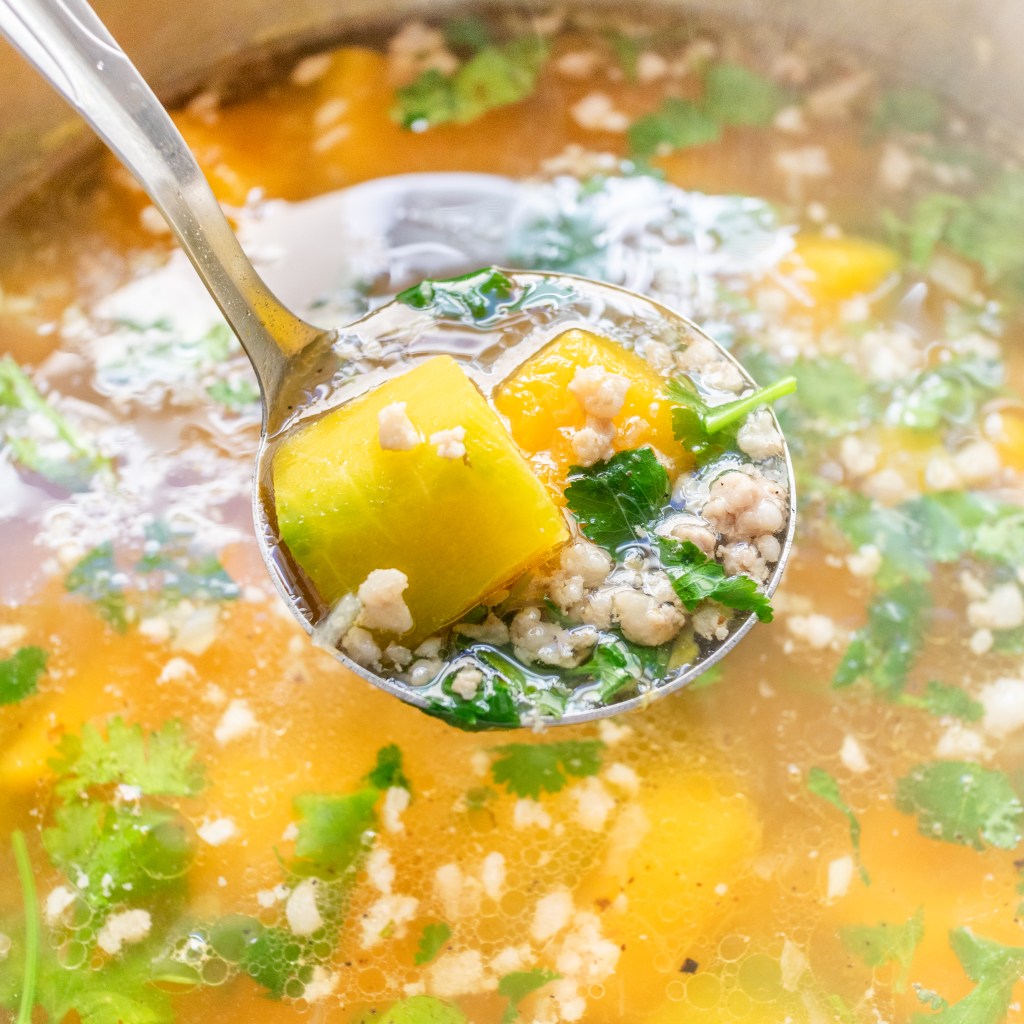Indulge in these incredibly tender and well-seasoned smoked chicken drumsticks, perfect for serving a large crowd or meal prepping for the week. Discover how to effectively season chicken drumsticks for the grill using either a wet brine or a simple one-ingredient marinade.
Why Smoke Chicken & Other Meats?
Smoking meat has been a traditional cooking method for generations, initially used for preserving meat for longer periods. This technique imparts a rich, earthy flavor to various dishes, including smoked beef ribs, turkey legs, salmon, and chicken thighs.
Chicken is particularly popular for smoking due to its ability to become tender and flavorful through the low and slow cooking process. Smoked chicken legs make for an excellent game-day dish.
Ingredients for This Chicken Leg Recipe
This smoked chicken drumstick recipe employs a wet brine before smoking, ensuring the meat remains tender and evenly seasoned. The wet brine is akin to a traditional chicken brine. Here’s how we season our chicken legs:
- Kosher salt and soy sauce provide salinity and help tenderize the meat, with soy sauce adding an extra layer of umami.
- Dark brown sugar balances the saltiness of the brine. Alternatives like honey, maple syrup, or agave can also be used.
- Garlic cloves contribute a robust aromatic flavor; ginger can be used as a substitute.
- Fresh lemon wedges add acidity and citrus notes, enhancing the chicken’s flavor. Limes can be used as an alternative.
- Herbs such as thyme, rosemary, and oregano impart a fresh, earthy aroma. Feel free to include your favorite herbs like marjoram, tarragon, or dill.
- Additional spices like bay leaves and black peppercorns introduce a subtle spiciness.
Easy Marinade Alternative: Miso Paste
We understand that preparing a wet brine can sometimes be cumbersome. To simplify the process, we offer an optional marinating method using just one ingredient: red miso. This miso brine infuses the smoked drumsticks with a delightful umami flavor. Ensure you use red miso, as other types may vary in salinity. For instance, white miso has a salinity of 5-7%, while red miso ranges from 10-20%. We recommend Hikari organic red miso, available at local Asian grocery stores.
- Thoroughly dry the drumsticks with paper towels and apply a thin layer of red miso to each leg, ensuring some miso gets under the skin for better flavor absorption. Using gloves can be helpful.
- Place the miso-coated drumsticks on a wire rack-lined sheet pan in the fridge, uncovered, for 4-12 hours—longer for larger legs. For drumsticks around 2 ½ inches thick, four hours is sufficient; smaller ones may need only three hours.
- Allow the drumsticks to reach room temperature on the counter before smoking.
Brushing on BBQ Sauce for Extra Flavor
While the smoked chicken drumsticks are already packed with flavor from the brining process, brushing on your favorite BBQ sauce during smoking can enhance the taste even further. Some of my personal favorites include Bachan’s Japanese BBQ Sauce and a simple glaze from a Filipino pork BBQ skewers recipe.
Types of Wood Pellets to Use
When smoking poultry like chicken or turkey, it’s best to use milder wood varieties such as pecan or maple, as they complement rather than overpower the meat. For instance, pecan wood pellets are excellent for smoked chicken thighs, turkey breasts, and legs. Avoid stronger varieties like hickory or mesquite for poultry. Learn more about the best wood types for smoking meat.
Tips for Successful Smoked Drumsticks
Here are some tips to achieve perfectly seasoned and tender smoked chicken drumsticks:
- Brine the drumsticks for at least four hours (up to 12 hours) to infuse flavor, tenderize the meat, and ensure thorough seasoning. Smoking chicken without marinating often results in less flavor absorption.
- Smoke the drumsticks at 275°F until they reach an internal temperature of 145°F, then increase the heat to 350°F to caramelize the skin until they reach 175°F at the thickest part.
- Allow the drumsticks to rest on a cutting board or sheet pan for 10 minutes after removing them from the smoker. This resting period keeps the chicken moist and prevents burns while eating.





